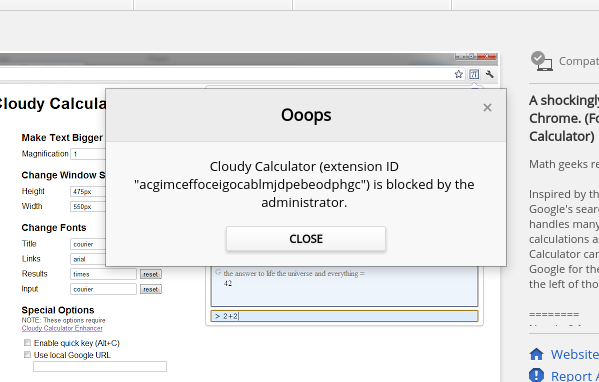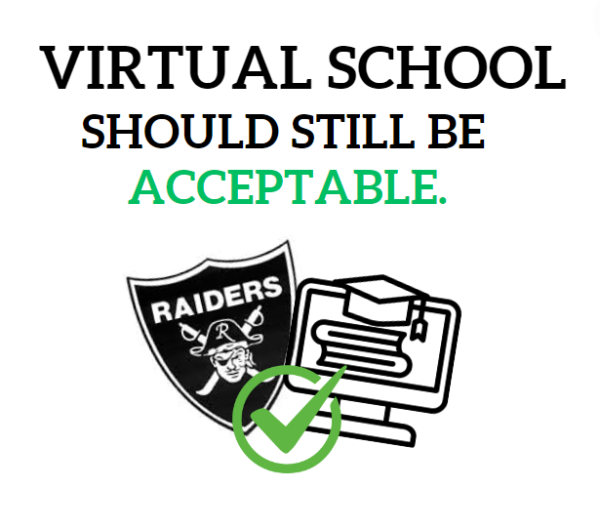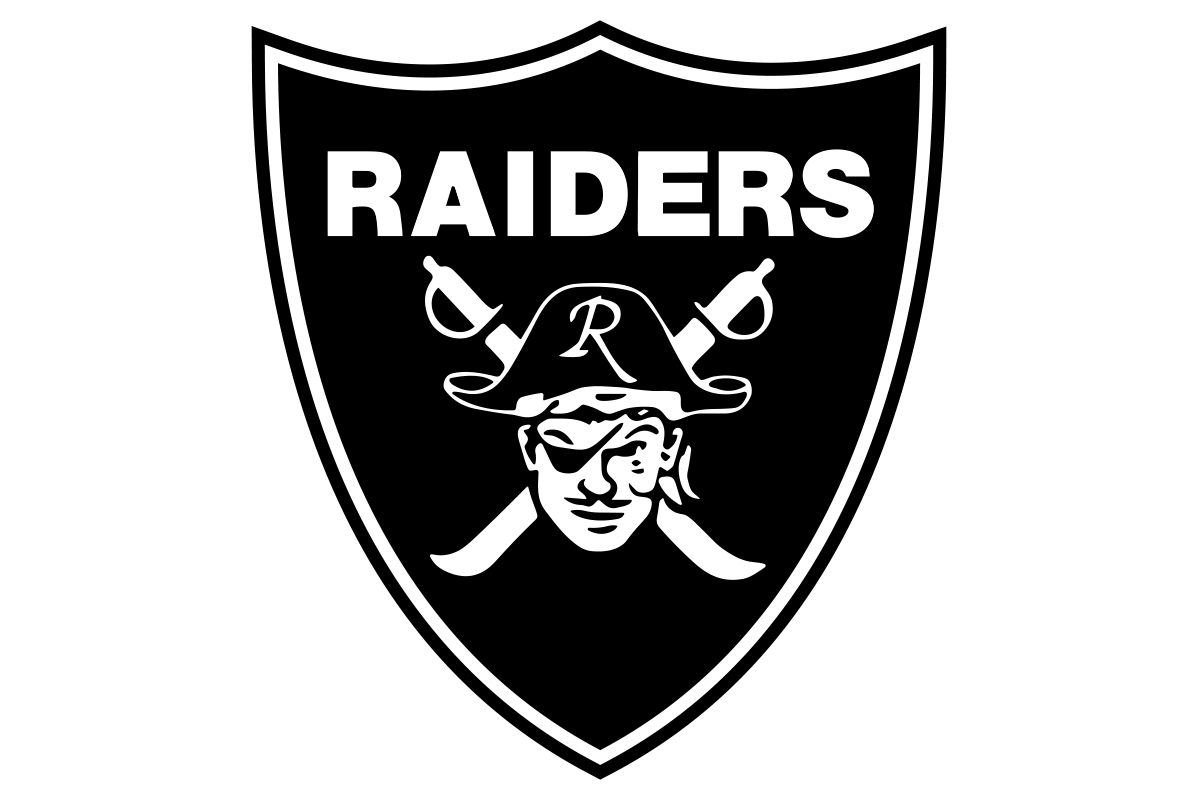Good, But Not Yet Great: Chromebooks help students but present their own issues

After the remodeling of a library, the appointment of teachers and students for the role of maintenance, and students throughout the school paying a mandatory $40 fee, students were assigned individual Chromebooks during the second week of school. These Chromebooks were distributed as the solution to many problems, such as reducing paper waste, providing internet accessible technology to underprivileged students, and were planned to benefit students’ day to day affairs.
Overall, the Chromebooks do serve as an advantage to students, but they present their own problems, and most of the problems could be easily solved by better infrastructure because the technology isn’t the issue. Many problems are presented because of the system the district implemented for regulation of the Chromebooks, and they are almost all easily fixable. Take, for example, senior students having received the generation 1 Chromebooks, the weakest ones available.
The district´s point of view behind this decision is simple; they want to save money. If they allow seniors to buy their Chromebooks at the end of the year for a relatively small amount of $40, they wouldn’t want to be selling them Chromebooks worth $100 to $200, and that is just fine. The problem arises when many seniors take rigorous AP classes and have presented themselves as more responsible with technology than the underclassmen. Underclassmen will be more likely to break their more expensive Chromebooks, and the faster Chromebooks are not as necessary for them since the option of taking AP classes isn’t even available yet.
This problem has a simple solution: provide the students with more seniority, which normally means more responsibility, to have the better performing Chromebooks, and upon graduation when they have the option to purchase their Chromebook, provide them with a freshman´s Chromebook and a disclaimer that they will receive an older Chromebook. This way, the old Chromebooks would still be retired each year, and there would be far fewer cases of broken, higher quality Chromebooks.
All Chromebooks face limitations that aren’t present in most computers, mainly due to the Chrome OS operating system and the rather small processing power that the Chromebooks possess. The lack of a hard drive causes an inability to run Microsoft Office and Adobe programs, which often times present itself as a large obstacle for schoolwork. Although there are online alternatives through Google programs and the Microsoft Live programs, they have severe feature limitations that downloaded programs do not have, and especially so when operating on school provided WiFi. For example, the Pearson education programs that many teachers use as a form of digital assignments will not allow students on the school´s WiFi to access the videos incorporated along with the lessons
This is a situation that could be easily fixed by tweaking the Wifi permissions and, instead of providing the students with Chromebooks and completely renovating the west library, which was almost entirely unnecessary, the school provided the students with slightly more pricey laptops with a Windows or Mac operating system and a hard drive, and gave the library a less extensive makeover, because the only necessity is the iConnect bar.
On the subject of limitations, the administrator-placed restrictions are in place for a reason; however, they are overzealous in what they restrict. Not allowing students to download a simple wallpaper for customization or not allowing many productivity applications to be downloaded without the tedious process of filling out an app request form that is almost never updated is just unnecessary.
Instead of, by default, blocking all applications, the school should filter out categories to be blocked by default, such as games. Another solution to this problem would be to have more active administrators browsing the app request for to approve school appropriate and beneficial apps and decline those that are not. The request for a screensaver application that was once permitted, Tabby Cat, has been patiently waiting at the ¨In Review¨ status for around a month and a half now, along with 10 or 200 more requested apps, and that is an unreasonably long wait time.
Chromebooks do present solutions to many problems faced by students, but like most things, they bring along their own issues, but they are nothing that cannot be fixed. With some simple tweaking of infrastructure processes implemented by the district, the possession of Chromebooks by students could become something with very few flaws that all students enjoy.









Dante Camacho • Jan 9, 2020 at 4:41 pm
Hi Casey
Counter Argument: I understand that seniors are more responsible than underclassmen i think should get a new chrome book every single year.
My Argument: I think it could make it easier for the district to keep track of who has what and you won’t have to worry every year if your new chrome book will have any issues from the previous owner.
Jaiden Ashton • Jan 9, 2020 at 3:40 pm
With CISD all students from both campuses have the same Chromebooks. When you were a Freshman the Chromebook you were given was brand new and never once used before. The problem is that a student decided to not take care of what is given to them and once returned is almost destroyed. Having students be allowed to keep the same Chromebook all four years of high school would solve most problems of issues with your Chromebook but the district won’t approve it due to cost. We give all-freshman a fresh start with a brand new Chromebook so they have that extra learning tool and they stay with that same model throughout high school. By the time they’re seniors it will be the oldest but if the students were to take better care of them it wouldn’t be too bad. Yes they do block things and it is a hard block but its to avoid a student using a Chromebook in ways it’s not necessarily meant for.